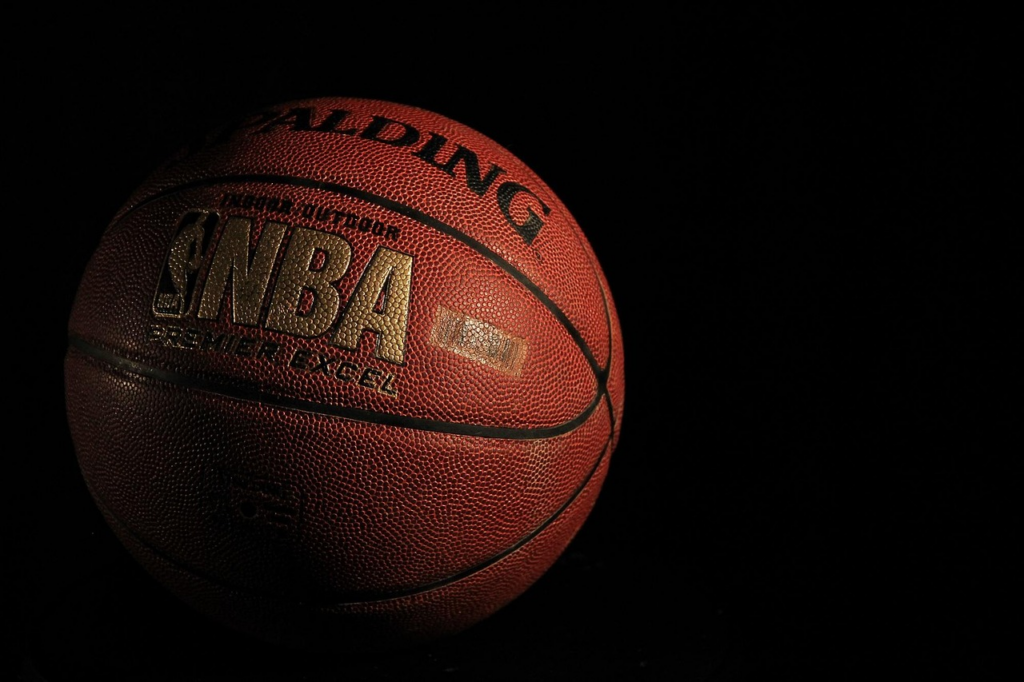Prop betting for the NBA Finals offers a strategic edge if you know where to look. Instead of relying on team outcomes, prop markets let you isolate value in player performance, offering chances to capitalize on mismatches, playing time trends, and coaching adjustments. With the 2025 Finals approaching, sharp bettors aren’t just scanning the box scores—they’re digging into usage rates, rotation patterns, and matchup data to find value others miss.
Start With Matchup-Driven Opportunities
In prop markets, matchup context shapes value more than raw averages.
The NBA Finals put every possession under a microscope. Coaches tighten rotations, and star players see extended minutes. But volume doesn’t always equal value. The key lies in recognizing how specific matchups impact player performance. A center facing a team that switches everything may find fewer post-up opportunities, while a guard matched against a drop-coverage big might feast in the midrange.
Let’s say a wing player usually averages 18 points per game. In this series, though, he draws a defender who struggles to stay in front on closeouts—especially when defending second units. If the rotation allows this player to overlap with that weaker defender, his scoring props might quietly be undervalued despite no major shifts in overall minutes.

Look for these situations:
- Defensive mismatches off the bench,
- Unusual pick-and-roll coverage that favors a particular scorer,
- Foul-prone defenders who might force rotation changes mid-game.
This doesn’t mean predicting a career-high night. It means spotting when a player’s median outcome is higher than the line implies—an edge over the books.
Bet the Rotation, Not the Name
Prop lines often reflect season-long perceptions more than real-time roles.
The Finals reduce uncertainty. Coaches shrink benches, ride starters longer, and lean on trusted contributors. This is when bench players vanish from the rotation while mid-tier starters become workhorses. If a player averaged 24 minutes all season but logs 36 minutes in Game 1, you can’t expect the same prop lines by Game 3—but the books may still be catching up.
Minutes drive volume. Volume drives overs.
Identifying rotation trends after Game 1 is essential. Take Game 2 props and compare them to Game 1 minute shares. Did one forward play five more minutes than expected due to a tactical adjustment? Is a key backup being phased out? Were those minutes productive or empty? When a player’s role quietly expands, his points, rebounds, and assists props may lag behind reality for a game or two.
Another underused edge? Foul trouble. If a starting big picked up early fouls in Game 1, his limited production might look like a slump. But it wasn’t about skill—it was about minutes. That dip often softens his next game’s line, opening a short-term opportunity.
Look Beyond Points for Reliable Edges
Points props often draw the most attention, but other stat categories can offer just as much—if not more—value.
Rebounds, assists, stocks (steals plus blocks), or made threes are sometimes influenced more by matchups and rotations than scoring is. These props can become especially interesting when a player’s role shifts slightly—whether it’s more rebounding responsibility or increased touches as a secondary playmaker.
Reputable online sportsbooks like FanDuel give bettors access to a wide range of markets, allowing for deeper analysis across player stats. Exploring FanDuel NBA odds can highlight where player trends and game flow might lead to strong opportunities in categories beyond points.
Assist props, in particular, can stand out in matchups that feature aggressive defenses or frequent double teams. If a team traps ball-handlers, for instance, kick-outs and quick decisions often lead to extra assist chances—even for players not typically known for playmaking.
Here are a few signals to keep an eye on:
- Matchup-based rebounding advantages,
- Increased help-side defense, leading to more steals or blocks,
- Ball movement triggered by blitzes or traps creates assist potential.
These props tend to reflect changes in the flow of the series and can reward bettors who track player roles closely from game to game.
Monitor In-Series Adjustments
Each Finals game alters the prop landscape in subtle ways.
After Game 1, adjustments become the story. Coaches change schemes. Defenders get reassigned. Offensive sets are tweaked. This is where many bettors fall behind—they keep betting as if nothing has changed. But the prop value is dynamic. If a team switches from drop coverage to hedging ball screens, that might open up assist opportunities for one player while creating scoring windows for another.

Staying informed is part of the edge. Press conferences, postgame comments, and reports from beat writers often hint at how teams plan to shift their strategy. That’s why it’s smart to keep up with the latest NBA news before locking in any bets. Sometimes, even a single rotation note or a coach’s quote about tightening minutes can influence a player’s prop outlook.
Betting the Finals is a live exercise in adaptation. Prop markets reward those who adjust quicker than the algorithms.
Don’t Chase the Box Score
Numbers tell part of the story, but they don’t explain why they happened.
If a role player hits five threes in Game 1, books might inflate his shooting prop. But did he shoot that well because of hot form or because the defense sagged off him repeatedly? That’s the difference between a repeatable outcome and a spike.
Likewise, you need to investigate if a starter struggles and hits the under. Was it a bad shooting night, or did his touches drop? Was he benched in the fourth quarter for defensive reasons? Look deeper before assuming a trend. Props are about context, not just numbers.
Smart bettors isolate value from randomness. They fade regression candidates, not box score darlings.
Where Timing Meets Patience
Props reward timing. Get in early, but don’t rush blindly.
Sometimes, the best value isn’t pregame—it’s live. A player may be pacing well under his line, but he’s getting the right looks. If the game script suggests more minutes or higher usage late, that’s your entry point. On the flip side, a slow start caused by defensive pressure might not ease up. In those cases, live unders offer sharp value.
Also, don’t force a bet every game. The best prop bettors are selective. They wait for the misalignments—the moments where perception hasn’t caught up to reality. This discipline separates strategic betting from guessing.
As the 2025 NBA Finals approach, prop betting isn’t about who wins or loses—it’s about identifying player roles, patterns, and performance value before the books catch up. Stay sharp, stay patient, and always dig one layer deeper than the numbers suggest. That’s where the real edge lives.



